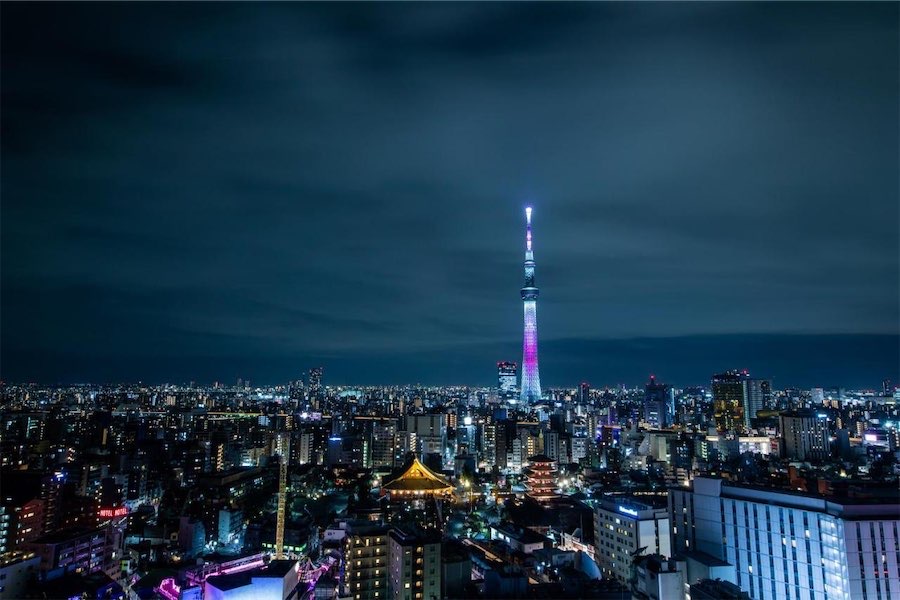IT may well be one of the final frontiers of unspoiled natural beauty, but getting to the paradise that is Raja Ampat takes a seven-hour Sydney to Jakarta haul, two lengthy internal flights and a two-hour speedboat ride.
Raja Ampat is a group of Indonesian islands to the west of Papua and, within minutes of dumping my bags at the Raja Ampat Dive Resort, I’m leaping off the jetty and snorkelling in the clearest-ever water above a magnificent reef.
The reef teems with fish of every colour, shape and size, all gliding gracefully over corals of the brightest yellow and purple imaginable, and the long journey is quickly forgotten as the warm water soothes sore muscles.
The four million-hectares of land and sea that make up Raja Ampat are home to almost 75 per cent of all marine species found on earth; there are 540 different coral types and more than 1500 species of fish living amongst the beautiful reefs.
Already well known to the diving communities, who enthusiastically explore vertical underwater walls and experience the thrill of drift diving, it is just as fascinating a place for those who prefer to snorkel.
Besides the beauty beneath the sea, the thick rain forests are home to an abundance of birds and wildlife. The icon of Papua, the Bird of Paradise, and its many family relatives, originate from Sawinggrai Village and the birds can freely be observed performing their dances in the wild.
From islands such as Arborek Island, where hand feeding fish is a natural thing, it is possible to explore amazing sights such as the Blue Water Mangrove where limestone towers, proliferated with corals, plunge deep into the water or the Manta Shanty, where graceful manta rays slide around a sandy sea bottom.
Unlike the party life of Bali, Raja Ampat offers a chance to explore a pristine wilderness in peace, solitude and quiet.
Villages on small islands welcome visitors and offer “homestay” accommodation – to live amongst the village – for as little as $A50 a day, including all meals.
The strong sense of family, community and culture in the villages shone through as children played and sang infectious music with gusto and abandon.
Our party happened to visit Yenbula Island on a Sunday. After snorkelling its gorgeous reef, we walked through the village to be transfixed by the singing of children, warming up at Sunday school before joining the adults in a most beautiful church building on the high point of the island.
The combination of mature and youthful voices was glorious. And what a harmonious culture of religious understanding as well with Lutheran, Roman Catholic and Muslim faiths living, working and practising their beliefs in perfect tolerance of each other.
Back to the Dive Resort, which I think is probably at the upper end of accommodation options. Lodgings are reasonably comfortable cabins with a mosquito-net-covered bed and private shower and toilet.
Meals are taken in a communal and open dining area where the diving fraternity from around the world (young French, Swiss, Belgian and Spanish adventurers were present during my visit) recount stories of the day over fresh food.
Breakfast had rice/noodles/pancake and egg options, but I couldn’t resist a local, toasted, sweet bread/damper topped with the freshest, tiny bananas. Lunch and dinner featured locally caught fish, of course, mainly served whole with spices and rice, as well as a variety of chicken and green vegetable dishes. All meals are included in the daily room rate of about $120 a day.
A stay in Raja Ampat is not for those seeking a party holiday or anyone seeking luxury. Conditions, while primitive, are perfectly in keeping with the pristine, unspoiled nature of the surrounds.
It’s easy to be captured and captivated by the beauty of these islands, the simplicity of life and the caring, co-operative and sharing manner in which life is lived.
Travel information is widely available through the internet and the Tourism Ministry, via the Indonesian embassy in Canberra.
Ian McLean visited Raja Ampat as a guest of the Indonesian Tourism Ministry.
Who can be trusted?
In a world of spin and confusion, there’s never been a more important time to support independent journalism in Canberra.
If you trust our work online and want to enforce the power of independent voices, I invite you to make a small contribution.
Every dollar of support is invested back into our journalism to help keep citynews.com.au strong and free.
Thank you,
Ian Meikle, editor
















Leave a Reply